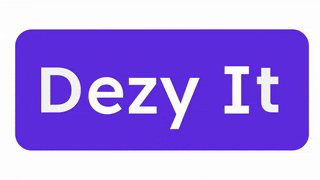Seattle's Leading Edge: A Hospital's Success Story with AI-Powered Administration
- purvasha
- Dec 16, 2024
- 2 min read
Seattle Children’s Hospital is leading the charge in healthcare innovation by integrating Artificial Intelligence (AI) into its administrative processes. This forward-thinking approach has revolutionized the hospital’s operations, resulting in reduced wait times, improved patient satisfaction, and increased efficiency. For healthcare administrators and investors, this success story highlights the immense potential of AI to transform hospital workflows and enhance patient outcomes.

1. How AI is Streamlining Administrative Processes
Seattle Children’s Hospital has successfully automated key administrative tasks using AI-driven analytics. These tasks include:
Appointment Scheduling: AI optimizes appointment allocation, ensuring minimal overlaps and reduced bottlenecks.
Billing and Documentation: Automation of billing processes reduces human error, streamlining claim submissions and improving revenue cycle management.
Patient Data Management: AI-powered tools securely handle large volumes of patient information, simplifying data retrieval and analysis.
This automation has alleviated staff workloads, enabling healthcare professionals to dedicate more time to patient care.
2. Reducing Wait Times and Enhancing Patient Satisfaction
Wait times are a critical factor in patient experience, and Seattle Children’s has tackled this challenge head-on with predictive analytics. By using AI to forecast patient demand and allocate resources efficiently, the hospital has:
Significantly reduced waiting periods for consultations and treatments.
Enhanced patient flow through optimized scheduling and resource allocation.
Improved the overall patient journey, leading to higher satisfaction rates.
3. Improving Operational Efficiency with AI
AI-powered decision-making tools provide real-time insights into hospital operations, which have enabled Seattle Children’s to:
Optimize resource utilization by identifying inefficiencies.
Reduce operational costs through better workflow management.
Streamline coordination across departments, ensuring seamless communication and task execution.
The result is a hospital that operates at peak efficiency while maintaining the highest standards of patient care.
4. A Model for Healthcare Innovation
Seattle Children’s Hospital’s success with AI serves as a blueprint for other healthcare institutions looking to modernize their operations. Their achievements demonstrate the potential of AI to:
Alleviate administrative burdens.
Enhance patient outcomes.
Deliver substantial cost savings without compromising on care quality.
Conclusion
The integration of AI into administrative workflows at Seattle Children’s Hospital exemplifies the future of healthcare management. By embracing advanced technologies, the hospital has not only improved its operational efficiency but also set a new standard for patient care. For clinic owners, managers, and investors, this story is a compelling case for adopting AI-driven solutions in healthcare.


Comments